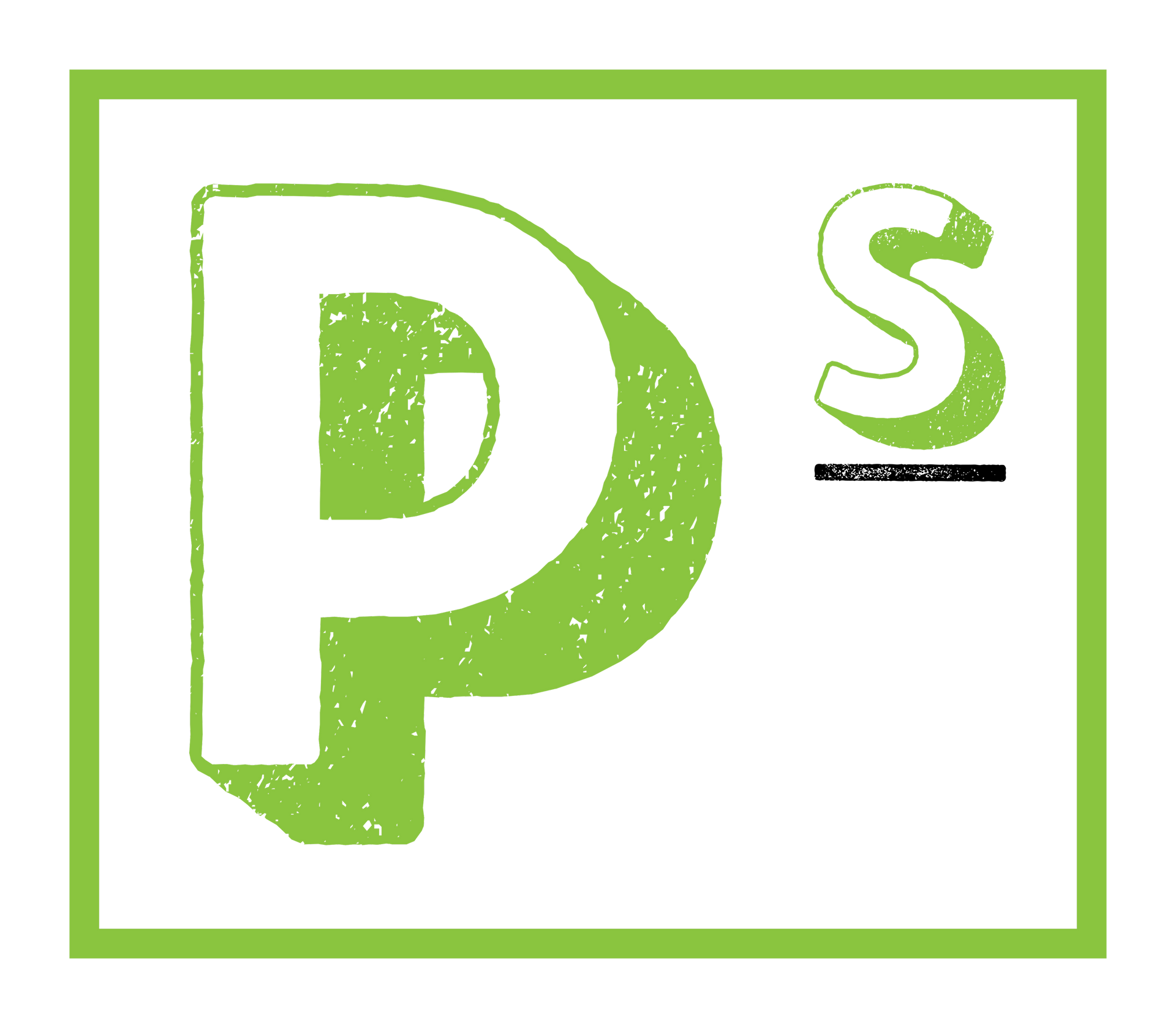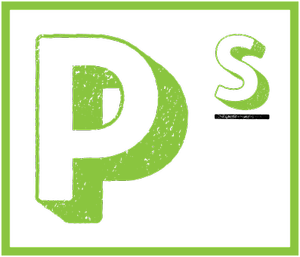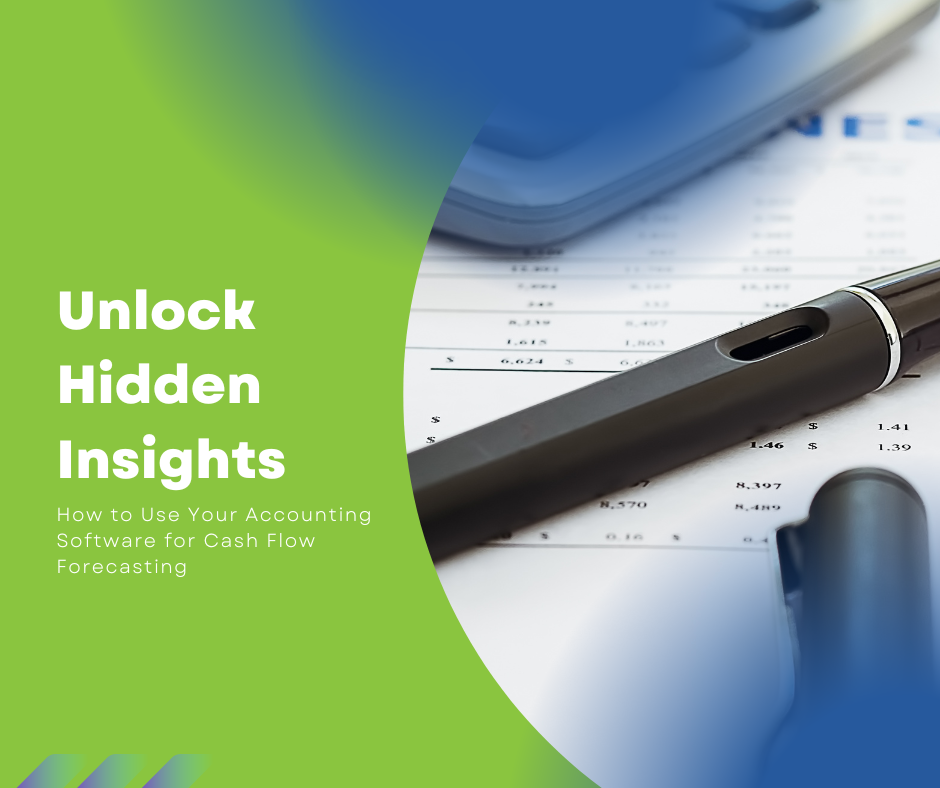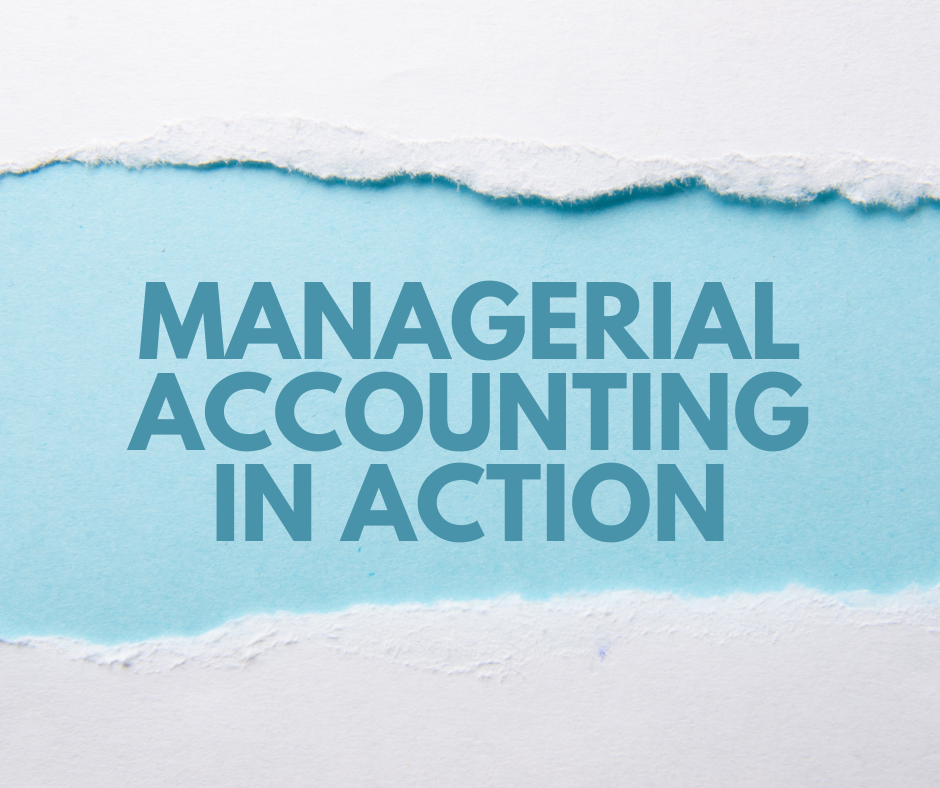With our expertise, we'll help you save time, money, and stress without adding more platforms.
Using your current accounting software system, we build solutions that enhance efficiency, and provide financial insight for long-term success and growth.
We work to ensure you understand the why behind the processes in your system and how they work best for you.
Working with us brings you
Cost Control & Reduction
Eliminate budget overruns with real-time cost tracking and forecasting
Financial Visibility & Clarity
Gain complete transparency into project expenses and profitability
Data-Driven Decision Making
Make strategic financial decisions backed by real-time cost insights
ROI Driven Accounting
Transform your accounting into a profit-generating tool, not just another expense
Margin Protection
Prevent profit leakage and protect margins with precise cost allocation
Process Efficiency
Streamline cost management efforts and reduce manual financial errors
Getting the numbers right is the hard part, building a solution makes it easier
Our job costing solutions are tailored to your industry, providing accurate cost tracking, better budgeting, and increased profitability. We help you control expenses, improve forecasting, and maximize efficiency on every project.
USING WHAT YOU HAVE TO GET WHAT YOU NEED
With the right cost controls in place, your projects won't just break even-they'll break through.
Let's talk about how to make your financials work smarter for you.



